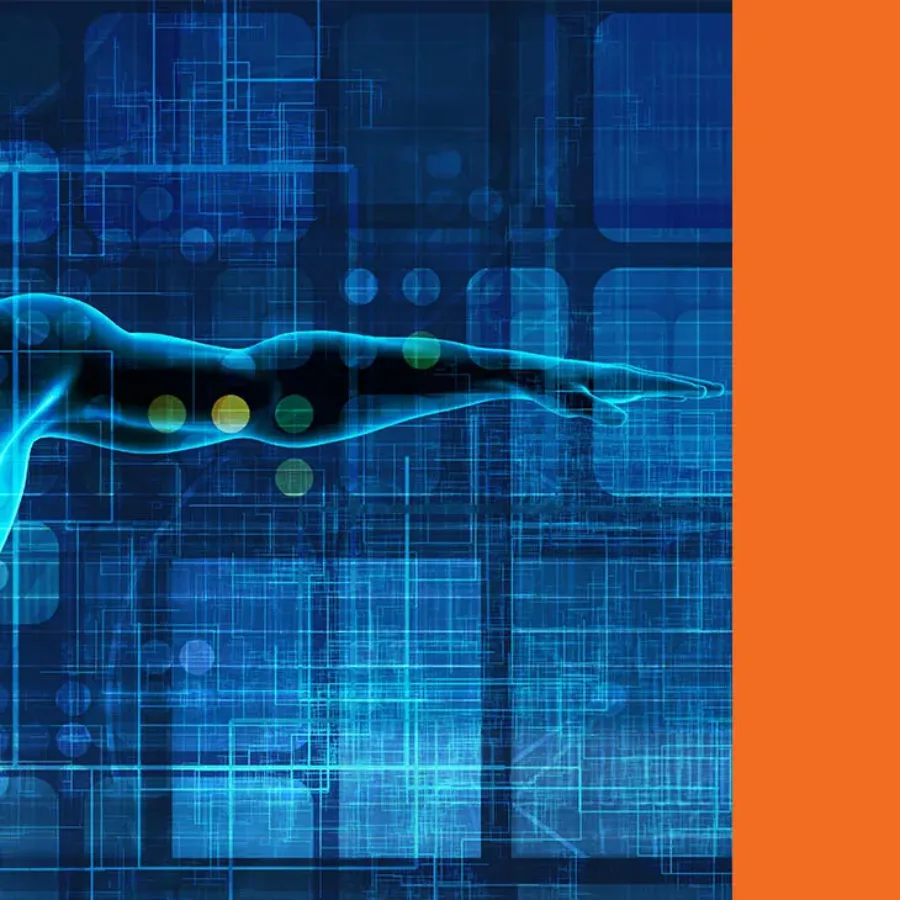 Blogs
Blogs
Understanding the intricate relationship between drugs and the human body is crucial for effective medical treatments. Two fundamental concepts in pharmacology – pharmacokinetics and pharmacodynamics – play pivotal roles in this understanding. This blog post will delve into these concepts, exploring their differences and significance in drug development and clinical…
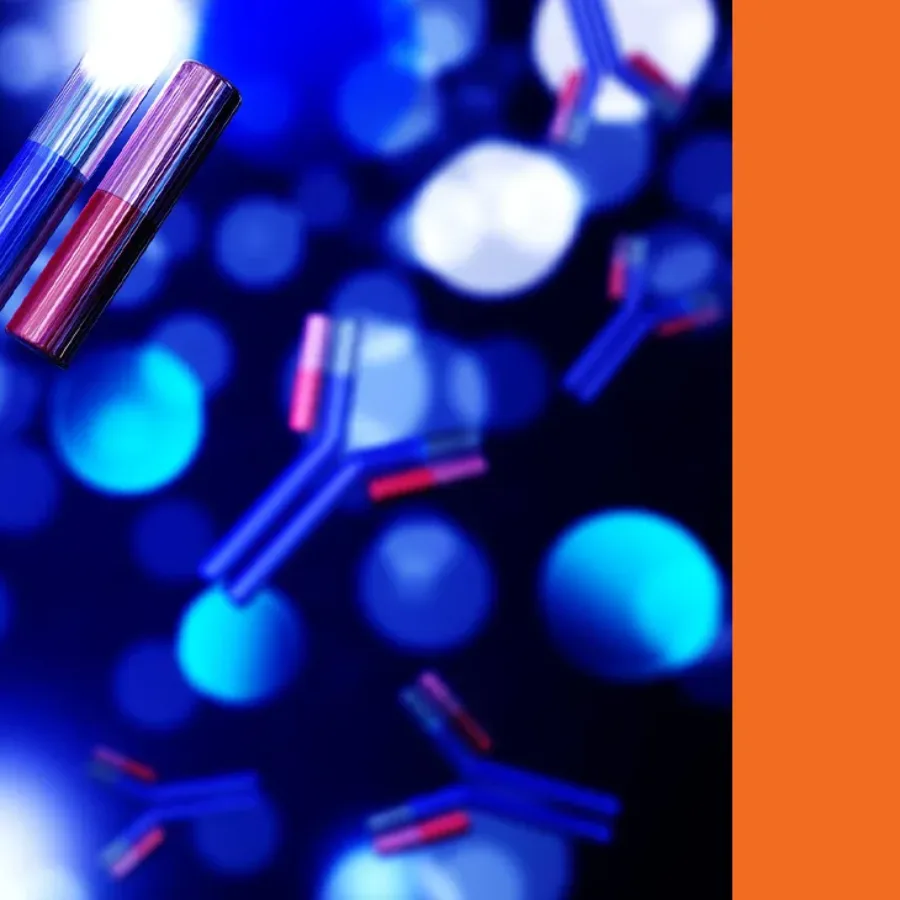 Blogs
Blogs
Immunogenicity, why do we keep talking about it? Immunogenicity can, in the simplest of terms, be described as a subject’s ability to generate antibodies specific to the dosed protein therapeutic. While stating it this way understates the complexity of the immune system and the methods needed to detect and characterize…
 Webinars
Webinars
Produced by AAPS Organized by Sciex Recorded on December 6, 2023 eChalkTalk available here. Webinar Description: In this webinar, scientists from KCAS Bio, along with specialists from SCIEX Biopharma & Pharma Solutions discuss • Developing robust assays for PD biomarkers and their challenges…
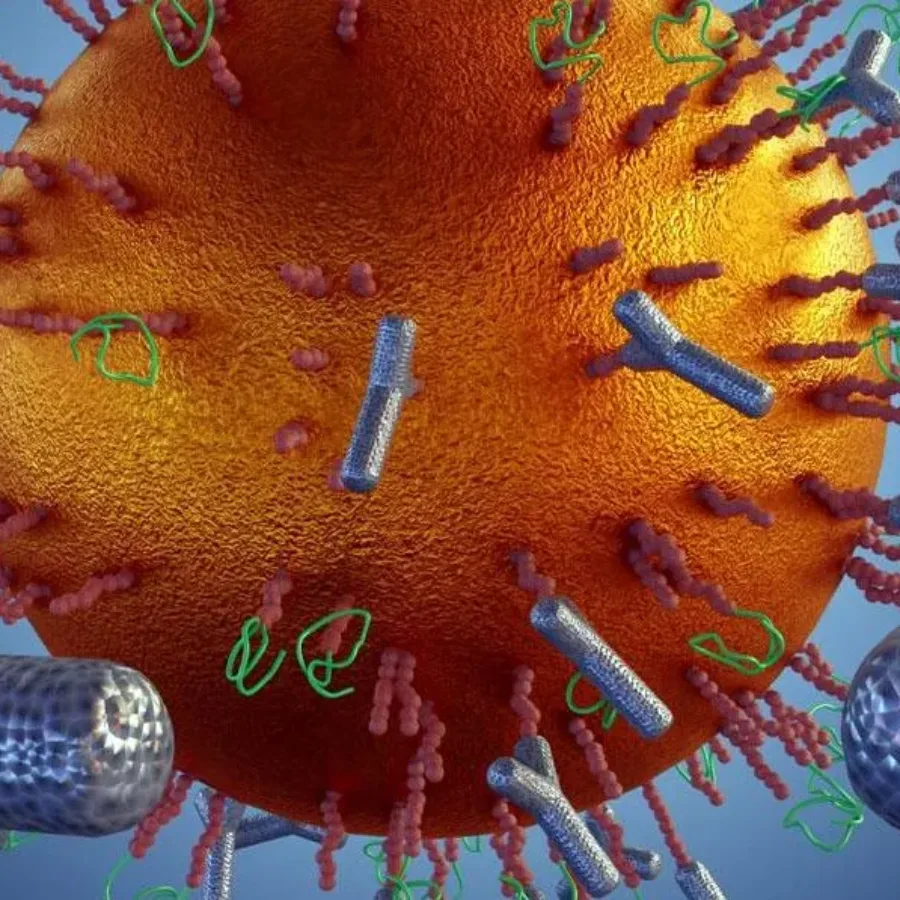 Blogs
Blogs
With recent guidance released from the FDA, there are changes for PKs (Pharmacokinetics) and ADCs (Antibody Drug Conjugates) that must be clearly understood before making decisions for your drug product testing. ADCs combine the target specificity of monoclonal antibodies with the…
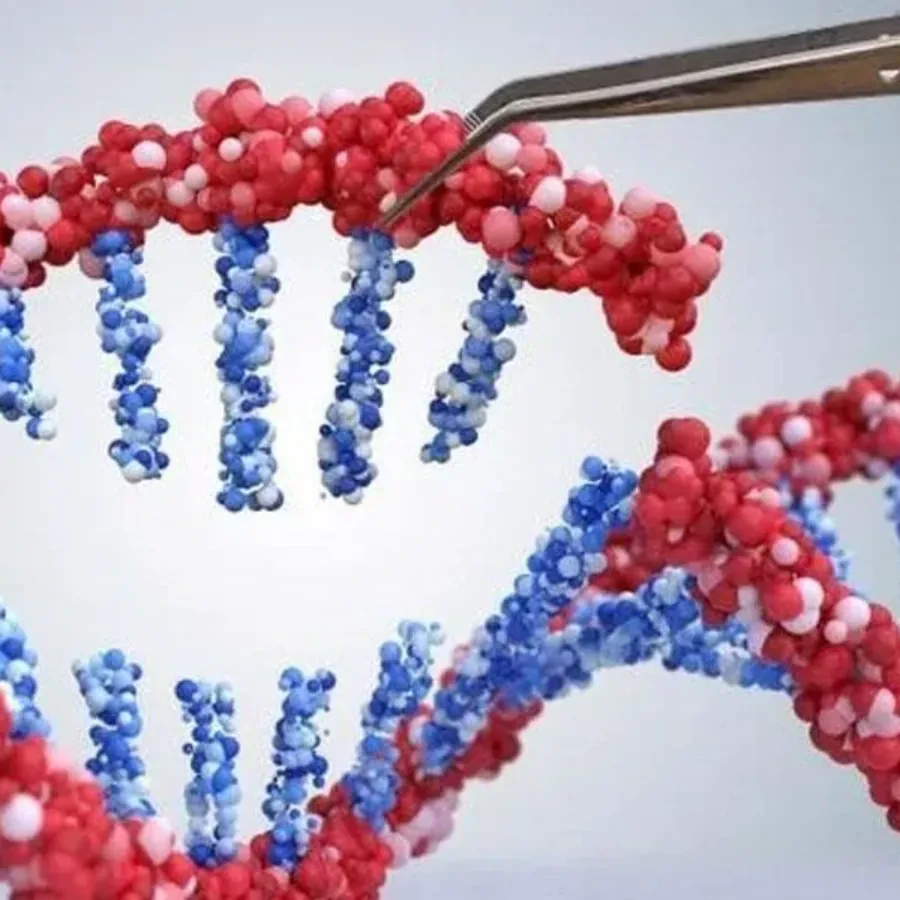 Blogs
Blogs
Cell and Gene Therapies (CGTs) has an estimated market size value in 2022 of USD 8.22 billion and a revenue forecast in 2030 of USD 24.5 billion. This is a CAGR (compound annual growth rate) of 14.6% from 2022 to 2030. Needless to say, the…
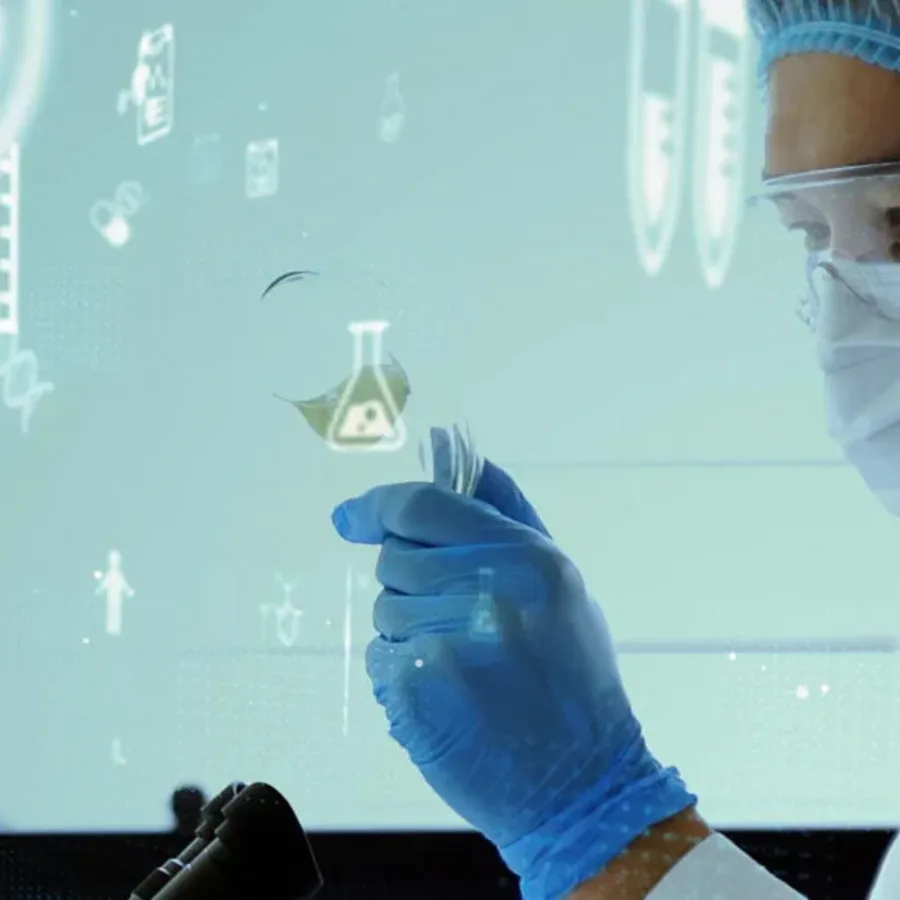 Webinars
Webinars
Being produced by Xtalks on Friday, June 24, 2022 | 12pm EDT (NA) / 5pm BST (UK) / 6pm CEST (EU-Central) 60 min Webinar Description: Cell and gene therapies (CGTs) are types of treatment that use cellular or genetic material with the goal of treating a disease or a…
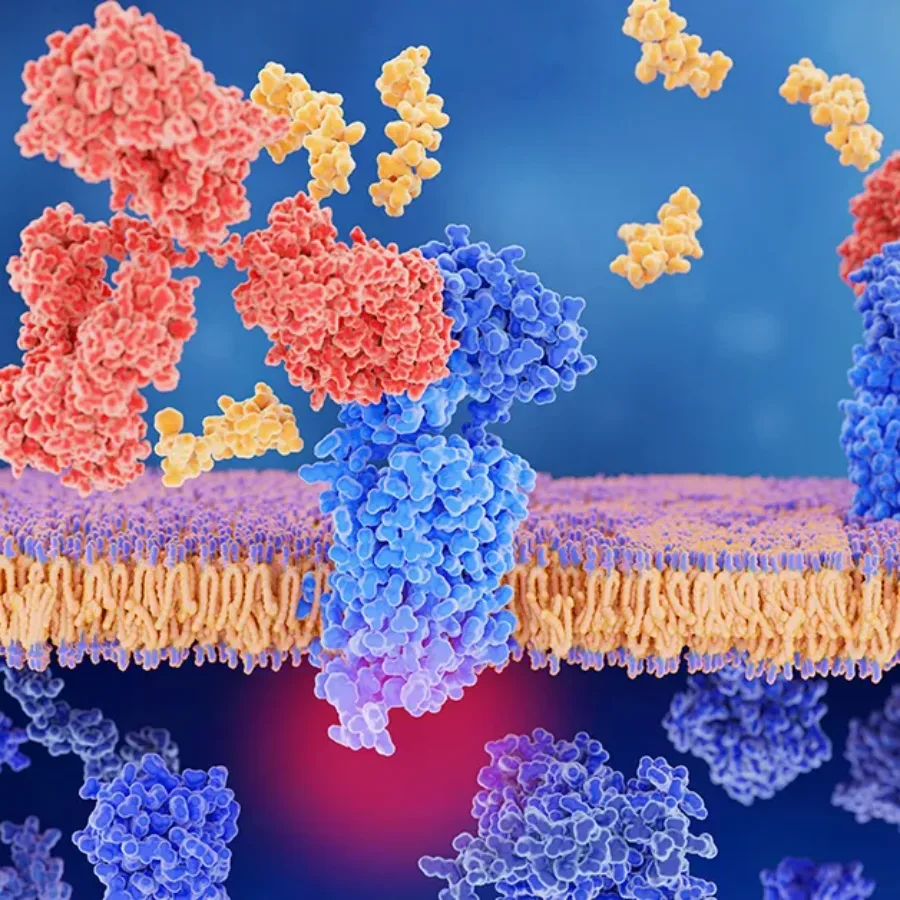 Blogs
Blogs
What are receptor occupancy assays?
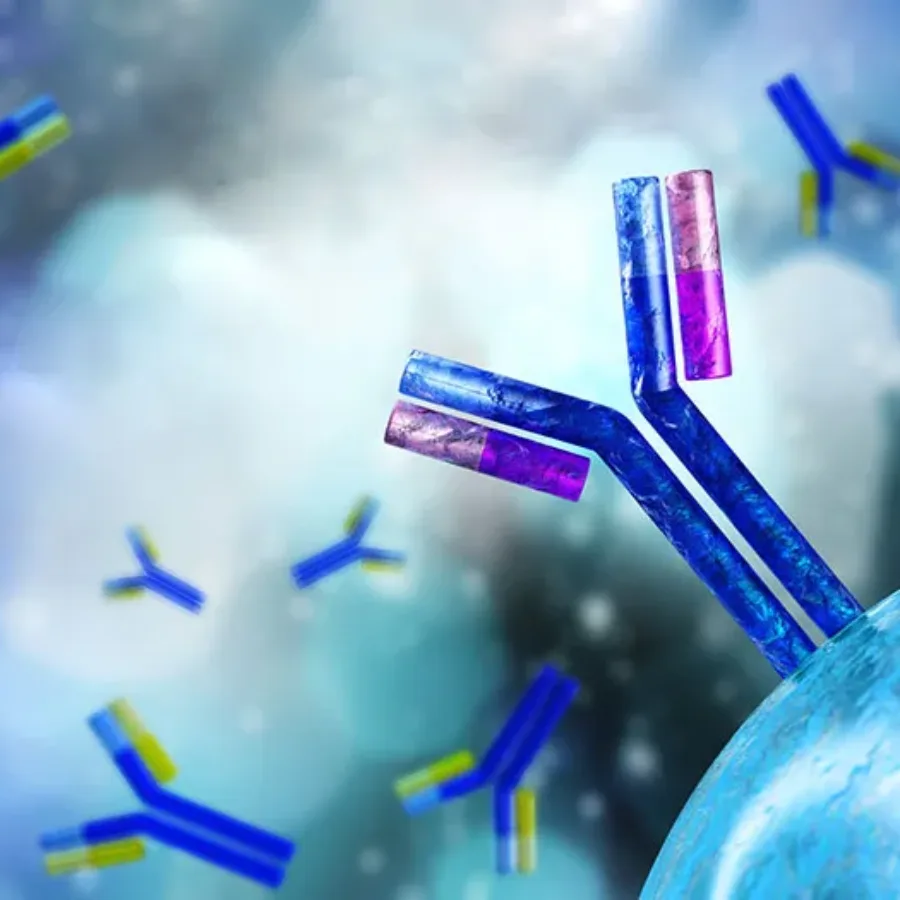 Blogs
Blogs
Flow Cytometry utilizes fluorescently labeled antibodies to detect specific biomarkers on the surface and within cells, and over the past few years, there has been a surge in reagents available for flow cytometry applications. Most of these have been developed using monoclonal antibodies raised in mice and conjugated to a range of fluorophores. However, there are still instances where suitable monoclonal antibody reagents/conjugates are not commercially available, and small-scale conjugations are not practical. In these instances, so-called indirect staining may be employed, where the binding of an unconjugated primary antibody is detected using a secondary anti-IgG antibody conjugate.
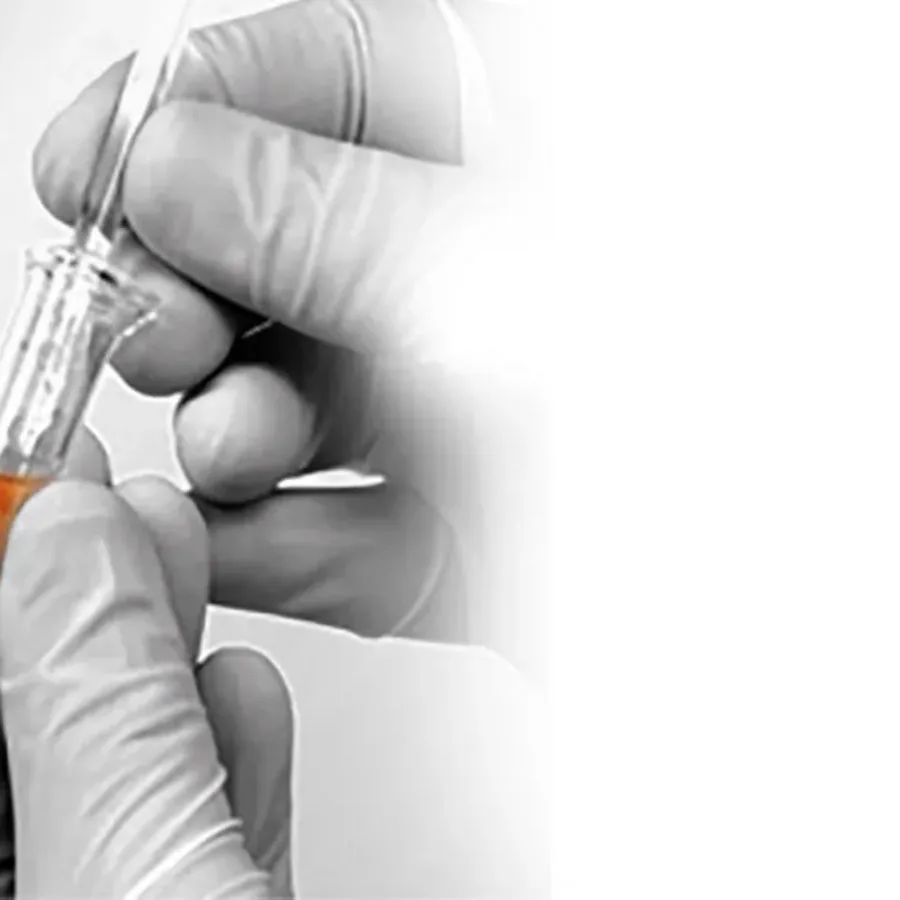 Blogs
Blogs
Tissue and Non-Liquid Matrices (such as cell lines, red blood cells, PBMCs, bone marrow aspirates, and suspension cells) are valuable matrices[] to test for biomarkers (PD) and drug levels (PK). Testing of tissues and…
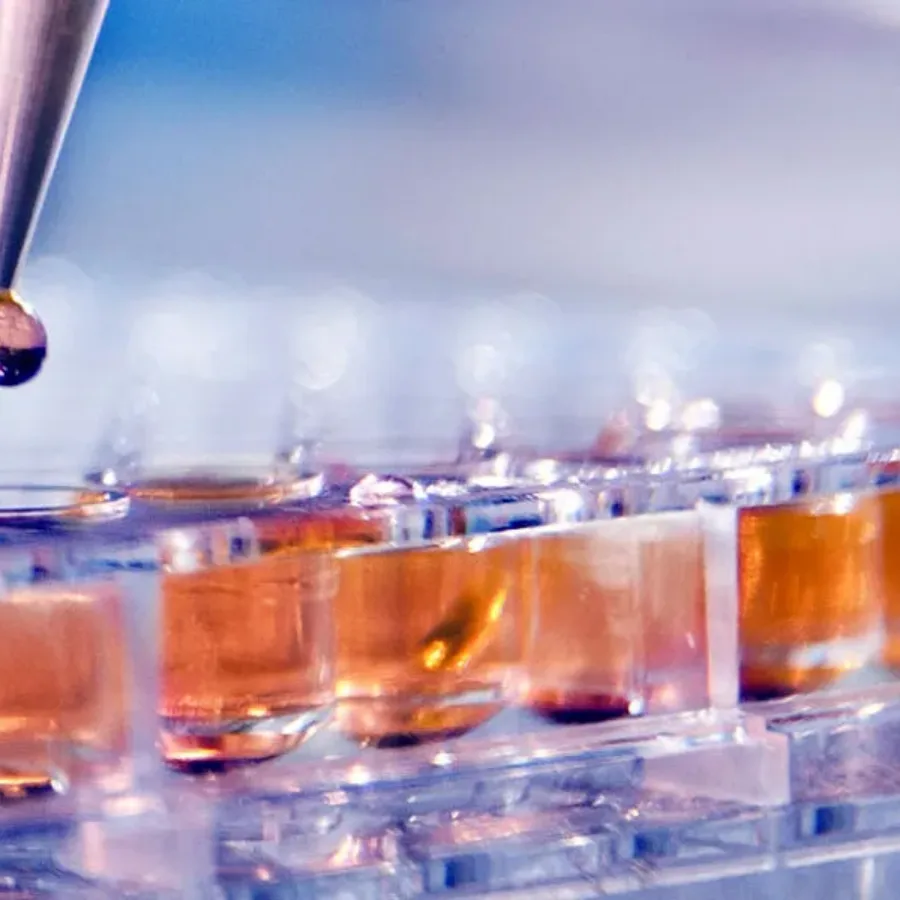 Blogs
Blogs
Pharmacodynamics (PD) is defined as the study of the biochemical and physiological effects of drugs and the mechanisms of their actions. Where pharmacokinetics looks at how the organism processes the drug, pharmacodynamics studies how…
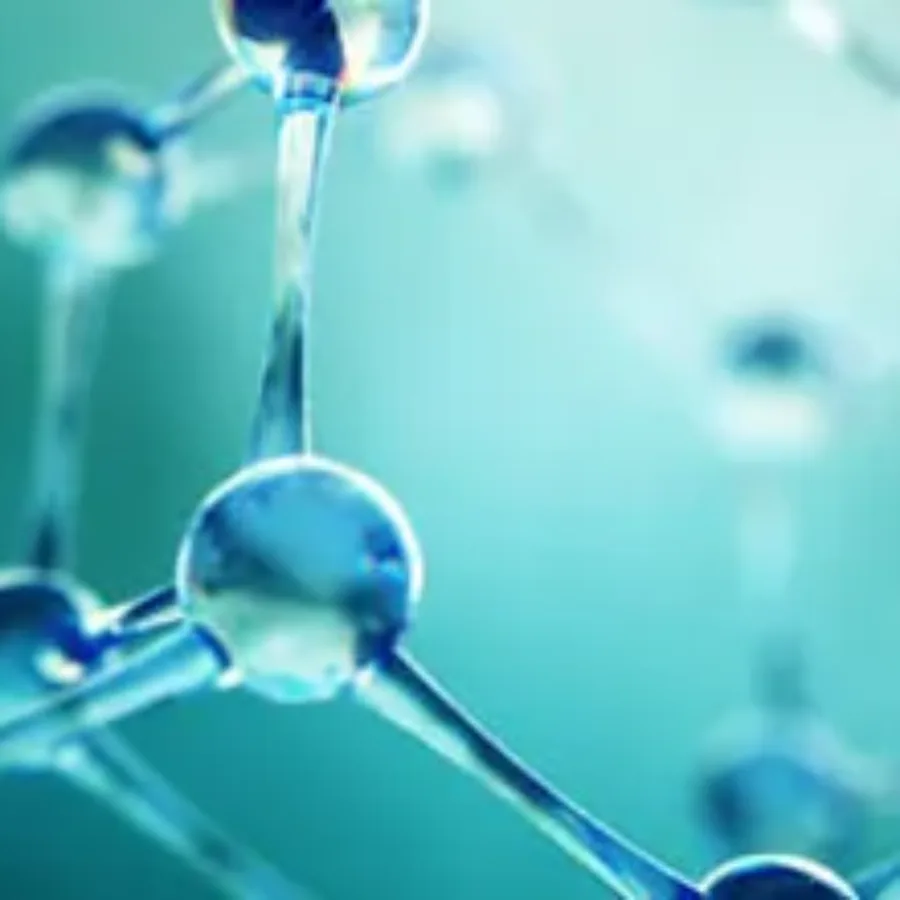 Blogs
Blogs
At KCAS, our Discovery group performs bioanalytical / biomarker method development that can include any of the various components required for a validated method under the GLP guidelines. So why is Discovery group needed? The beginning stage of drug development is a stage of trial and error. It is generally…
 Blogs
Blogs
As the Bioanalytical support for drug development continues to grow, more and more scientists are requiring more complex assays. Two examples are cell based assays and what we refer to as live cell assays.